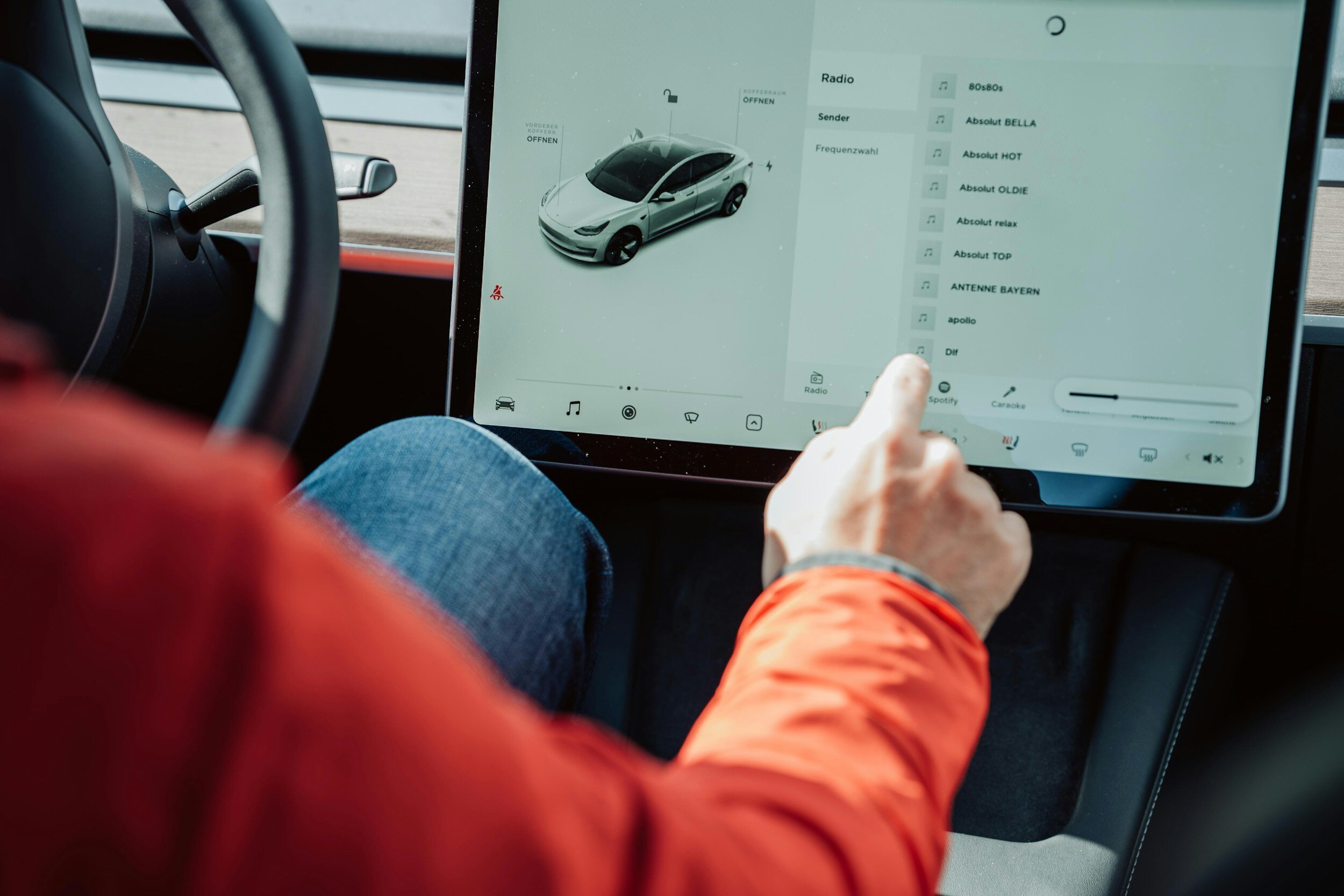QA in the Era of IoT: Strategies for Testing Connected Devices and Systems
In today's rapidly evolving digital landscape, the Internet of Things (IoT) is reshaping how we interact with the world around us. From smart homes and wearables to connected cars and industrial sensors, IoT devices are becoming an integral part of our daily lives. This surge in connected devices and systems brings forth unique challenges and opportunities for Quality Assurance (QA) professionals. Ensuring the reliability, security, and performance of these interconnected systems is paramount. In this blog post, we'll explore effective strategies for testing IoT devices and systems, providing insights for business people navigating the complexities of QA in the IoT era.
Understanding IoT Testing Challenges
IoT systems are inherently complex due to their distributed nature, diversity of devices, and integration of various technologies and protocols. This complexity introduces several challenges for QA, including:
Device Diversity and Compatibility: Ensuring seamless interaction among a wide range of devices with different hardware specifications and operating systems.
Network Connectivity and Performance: Testing the system's performance and reliability across different network conditions and configurations.
Security and Privacy: Addressing vulnerabilities in IoT devices and protecting sensitive data from breaches.
Scalability and Interoperability: Validating that systems can scale effectively and remain interoperable as the number of connected devices grows.
Strategies for Effective IoT QA
Comprehensive Test Planning: Begin with a thorough test plan that accounts for the IoT ecosystem's complexity. Identify critical components, interfaces, and interactions that require testing.
Embrace Automation: Leverage automated testing tools to manage the vast scale of IoT systems efficiently. Automation can significantly accelerate testing cycles and ensure thorough coverage.
Simulate Real-World Conditions: Create test environments that closely mimic real-world scenarios. This includes simulating various network conditions, device interactions, and user behaviors to identify potential issues.
Focus on Security Testing: Implement rigorous security testing protocols to identify vulnerabilities in devices and software. This includes penetration testing, encryption testing, and assessing compliance with data protection regulations.
Test for Scalability: Conduct load and stress testing to evaluate how the system performs under high demand. Ensure the IoT system can handle a growing number of devices and data volumes without degradation in performance.
Prioritize User Experience (UX): Given the diverse user base of IoT devices, testing for usability and accessibility is crucial. Ensure the system delivers a seamless and intuitive user experience across all device types.
Real-World Application
Incorporating real-world applications into the narrative showcases the practical impact of advanced QA strategies in the IoT sector. Companies like Philips and Tesla exemplify this by integrating rigorous QA practices into their development processes for connected devices, thereby enhancing reliability and user experience significantly.
Philips, a pioneer in healthcare technology, utilizes connected medical devices to offer innovative health solutions. Through comprehensive QA practices, Philips ensures these devices operate flawlessly, prioritizing patient safety and data security. This approach not only bolsters device reliability but also builds trust with healthcare providers and patients alike.
Tesla, renowned for its smart cars, demonstrates the critical role of QA in delivering safe and efficient vehicles. By rigorously testing their cars' software for functionality, performance, and cybersecurity, Tesla sets a benchmark for quality in the automotive industry. Their commitment to continuous testing and improvement reflects the evolving nature of IoT devices and the necessity for stringent QA measures to keep pace with technological advancements.
These examples illustrate the importance of a holistic QA strategy that extends beyond mere functionality testing to include security, performance, and ultimately, customer satisfaction. By learning from leaders like Philips and Tesla, companies in the IoT space can elevate their QA practices, ensuring their devices meet the high expectations of today's connected world.
Conclusion
QA in the era of IoT presents unique challenges that demand a strategic and comprehensive approach to testing. By understanding the complexities of IoT systems, embracing automation, simulating real-world conditions, and prioritizing security and UX, businesses can ensure their connected devices and systems meet the highest standards of quality and performance.


